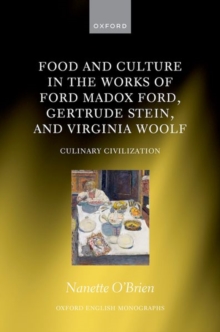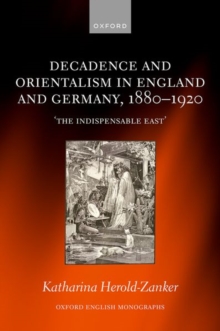
Clarissa's Painter : Portraiture, Illustration, and Representation in the Novels of Samuel Richardson Hardback
by Lynn (, Independent scholar) Shepherd
Part of the Oxford English Monographs series
Hardback
Description
Samuel Richardson's novels have always been a particularly fertile seam for literary study, and in recent years they have been the subject of a whole range of different approaches, from the political and feminist, to those concerned with formal questions such as genre and epistolary technique.
Richardson has also attracted considerable interest from an interdisciplinary perspective, with studies focusing on the pictorial and spatial elements of his works, and the illustrations he commissioned for Pamela.
This extensively-illustrated monograph takes this approach one step further, and looks at issues of visual and verbal representation in Richardson from the perspective of eighteenth-century portraiture.
Richardson first became conversant with the conventions of contemporary portraiture in the wake of the phenomenal success of Pamela.
It was then that he commissioned his first portrait, and became involved in the process of producing illustrations for the lavish sixth edition of the novel.
This study makes the case that these two events combined to give Richardson a new vocabulary for the depiction of individual character, and the articulation of power, affection, and control within the family, and between men and women.
We can see the first signs of this in Pamela II, which is so often dismissed and so little read, but it reaches its full maturity in the rich three-dimensionality of Clarissa.
Moreover it is Richardson's use of the conventions of contemporary portraiture in Sir Charles Grandison that explains many of the tensions and inconsistencies within that text, and makes the reader's response to Richardson's 'good man' so ambivalent.
Information
-
Out of stock
- Format:Hardback
- Pages:288 pages, 47 black-and-white halftones
- Publisher:Oxford University Press
- Publication Date:12/11/2009
- Category:
- ISBN:9780199566693
Information
-
Out of stock
- Format:Hardback
- Pages:288 pages, 47 black-and-white halftones
- Publisher:Oxford University Press
- Publication Date:12/11/2009
- Category:
- ISBN:9780199566693










